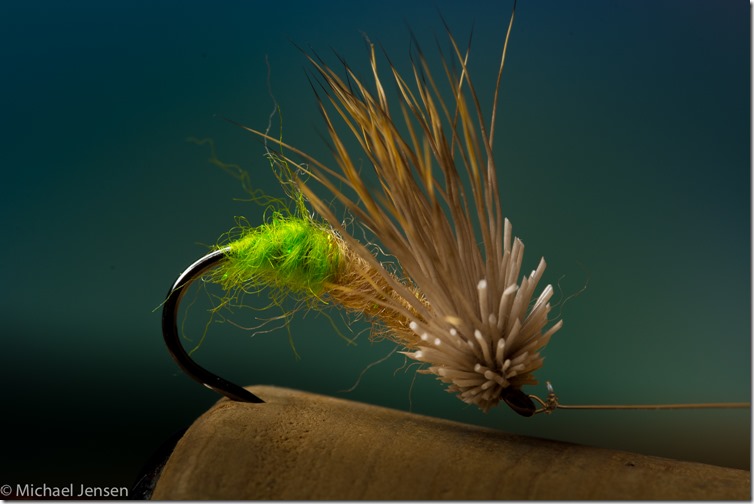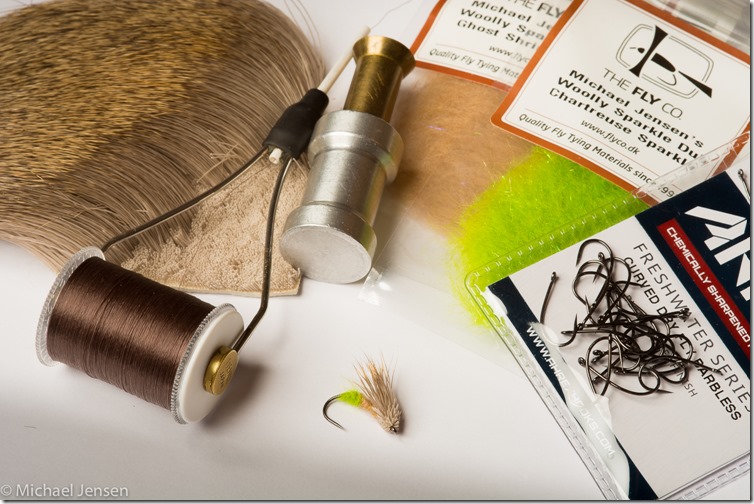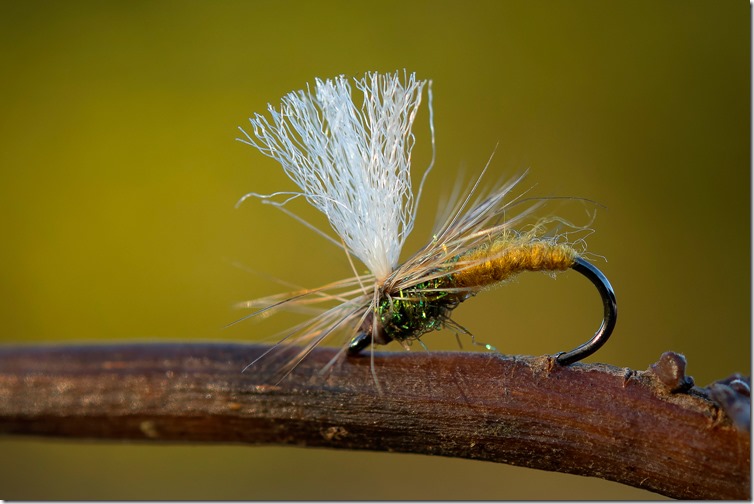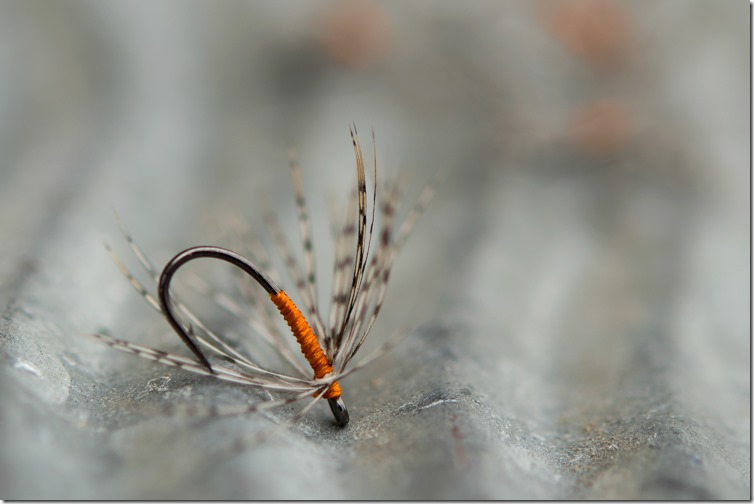If you want to put some dangerous curves into your dry flies, try our FW510 hook – or FW511 if you want a barbless version. A lot of insects have a similar curve in their bodies when hatching, swarming or egg laying.
Back in the good old days a dry fly hook was straight as a needle, and most often had a turned up eye. No matter which insect you were trying to imitate, they all came out straight.
Well things have changed. Nowadays we can choose among a variety of hook shapes, lengths and wire diameters for just about any fly we want to tie – and it has become a lot easier to make effective and lifelike imitations or suggestive patterns.
Today let’s take a look at some of the potentials in using our Curved Dry Fly hooks.
Here are the stone cold facts:
FW510 – CURVED DRY FLY and FW511 Curved Dry Fly Barbless
- Available in size 10 – 18
- Black Nickel Finish
- Chemically sharpened with small barb
- 24 Hooks per package
Egg laying caddis flies
The need for curves is probably most critical when you want to tie caddis flies. That goes for the hatching pupas and the full developed insect alike – but it is absolutely vital, when you tie flies that are meant to suggest the egg laying adults.
The adult caddis returns to the water after mating, and the females lay their eggs. Some of the caddis fly species drops the egg above water, some crawl down structures and weeds to deposit their load, but most flutter close to the surface and lands shortly to drop their eggs.
The eggs are very often more colorful than the drab dressed caddis flies, and is clearly visible for the fish – which probably not makes much sense. Egg colors can be hot green, yellow and orange.
When using a curved hook, you can design an imitation, that rides on the surface, but dips the colorful egg-spot below, making a very distinct target for trout and grayling.
And other uses
But the curved dry fly hook can be used for many other fly designs – and can even be usefull in specialized wet flies designs as well. Take a look at some of these beautiful flies from Håkan Karsnäser.
The Klinkhammer designed by Dutch angler Hans Van Klinken was originally tied as an emerging caddis fly. Here it is tied by Håkan.
A Partridge and Orange, one of the classic North Country wet flies or spiders, looks sharp and elegant on this hook.
And we have a video as well. In this tying sbs Håkan use the FW510 as the backbone for a Booby Damsel fly. This is a fly designed to fish subsurface, but the light hook is ideal to make the Booby fly float up, as it is meant to do. See the video here:
If you want more options and more fly hook designs to choose from, check out our full Freshwater Series.
Have a nice weekend :0)
Michael




